Among the top things to do in Stanley Park my favourite is just soaking up the unspoiled coastal rain forest vibe, something you can’t do in other urban parks like Central Park.
Of course, if you’re worried that half a million trees can get a little boring I totally understand you, which is why I want to show you some of the many amazing attractions and how to visit them like pros.
Let’s get visiting Stanley Park so you can get planning the day.
Things to Do in Stanley Park: Top Attractions
The Stanley Park Seawall
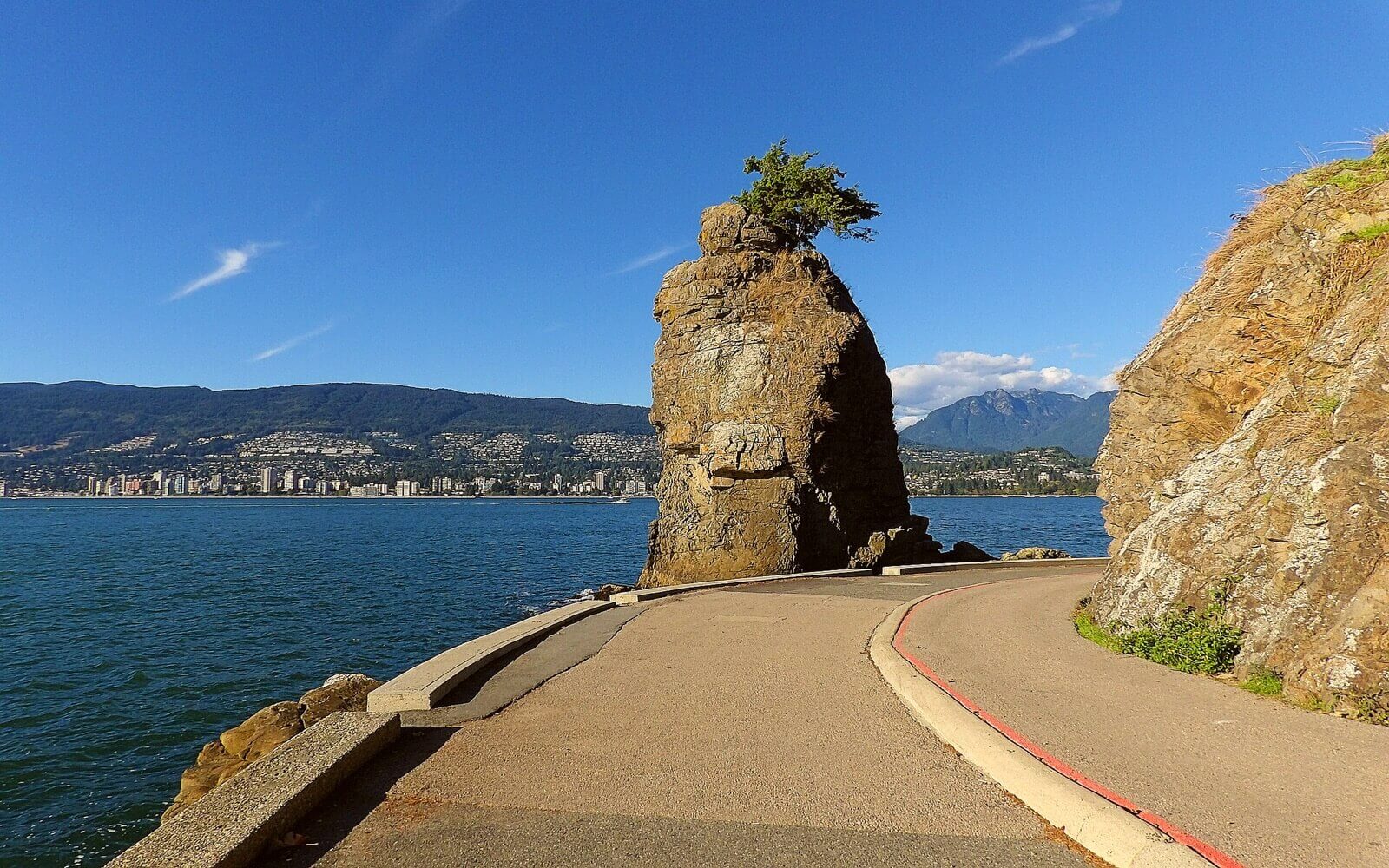
The Stanley Park Seawall is Vancouver’s outdoor gym and there’s no better way to explore Stanley Park.
It’s the world’s longest uninterrupted waterfront path and is equal parts transportation corridor and outdoor recreation hub – and it makes up many of the best Vancouver city tours.
Walking, rollerblading, or cycling around Stanley Park’s nine kilometre stretch of the seawall gives you access to some of Vancouver’s best beaches.

Looking to do it properly? Line up one of the best Stanley Park tours to really learn it
There’s also a ton of First Nations artifacts including the famous Stanley Park Totem Poles at Brockton Point. This is actually the most visited tourist attraction in British Columbia, but more on that later.
Since walking the whole way around can take upwards of 2-3 hours, I suggest renting a bike to cut this time in half.
The Vancouver Aquarium
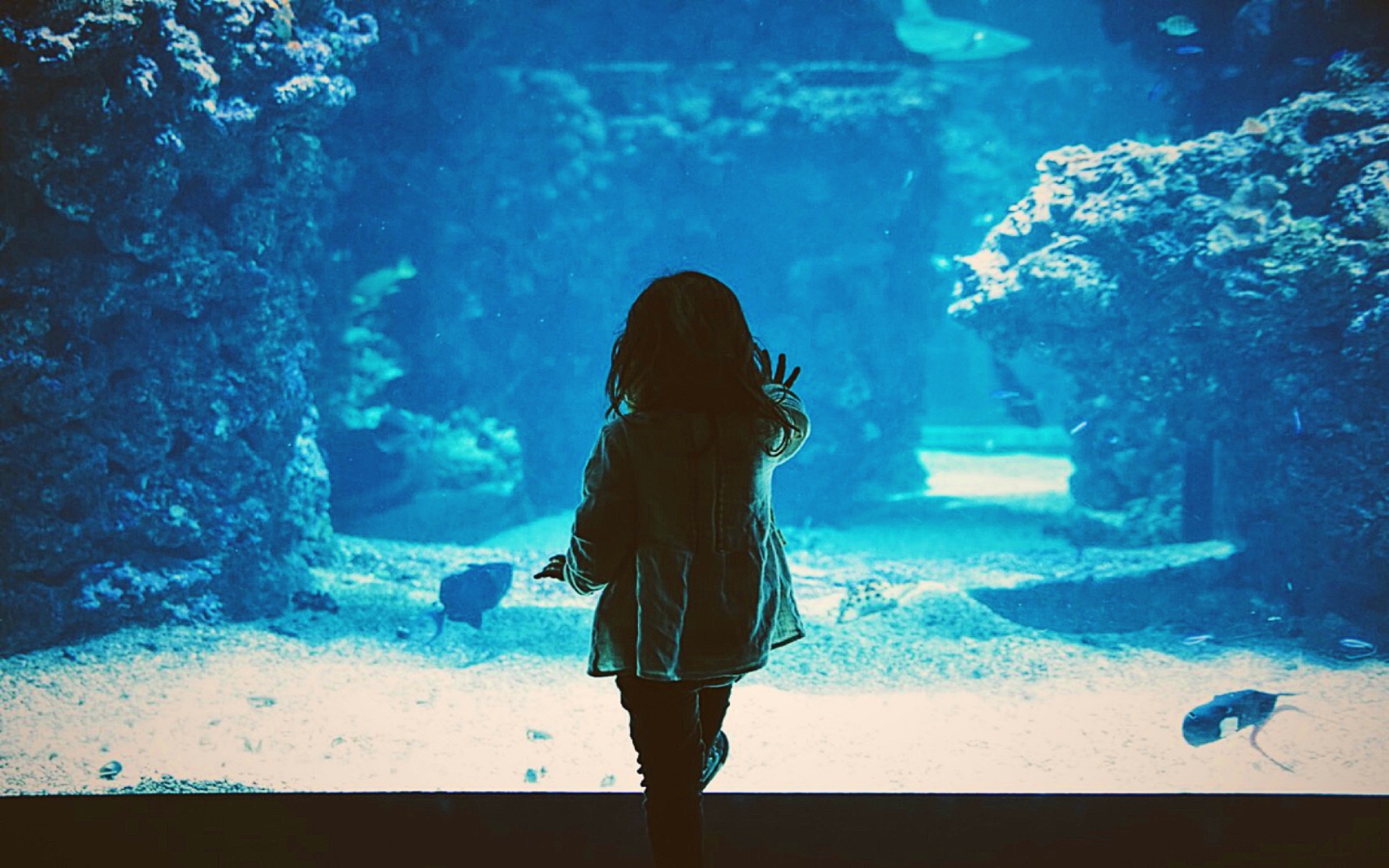
When thinking of what to do in Stanley Park this is a no-doubter.
The Vancouver Aquarium is one of Vancouver’s top tourist attractions and is the site of so many great childhood memories.
The 58,000 animals here get to live in 166 displays at Canada’s first Coastal America Learning Center. This is a sought after designation by the US Environmental Protection Agency.
Of the almost 600 species the most popular animals remain the Pacific white-sided dolphin, sea otters, a green turtle, a zebra shark, and a California sea lion.
If you’re visiting Vancouver with kids, they love the extensive amphibian and reptile offerings in the Tropic Zone and Amazon Rainforest.
Stanley Park Beaches
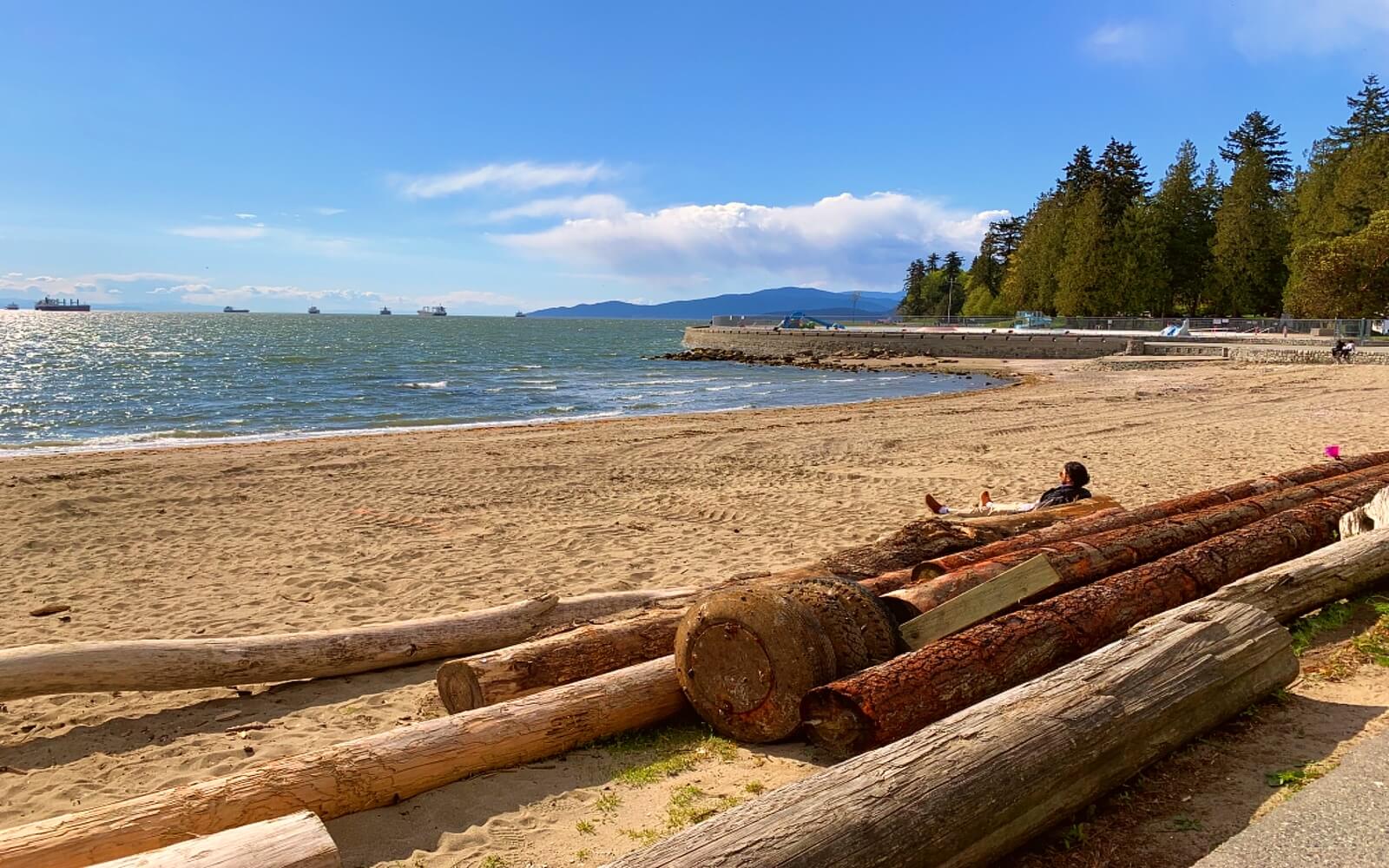
There are three aptly-named Stanley Park beaches: First Beach, Second Beach and Third Beach.
- First Beach: If you’re looking to swim and get that full beach experience. Some of the best kayaking in Vancouver, volleyball, paddle board, and even a swimming slide are here.
- Second Beach: Those afraid of ocean swimming can take advantage of the large heated outdoor pool at this Stanley Park beach. GHo for great views English Bay.
- Third Beach: Home to secluded vibes that are perfect for getting a piece of sand and enjoying a romantic sunset without the crowd chaos of the other two.
This is one of the best things to do in Vancouver for couples.
Just remember: Vancouver is a relatively cold climate.
The swimming season at Vancouver beaches is naturally during the best time to visit Vancouver: from June and early September.
Stanley Park Totem Poles

Today you’ll find ten totem poles dating back to the 1880’s – a stunning reminder of the area’s origins and a great example of some of the amazing Aboriginal art that can be found in the region.
This is the best of the free things to do in Stanley Park.
To kick things up a notch though I do suggest taking the Spoken Treasures Indigenous Walking Tour.
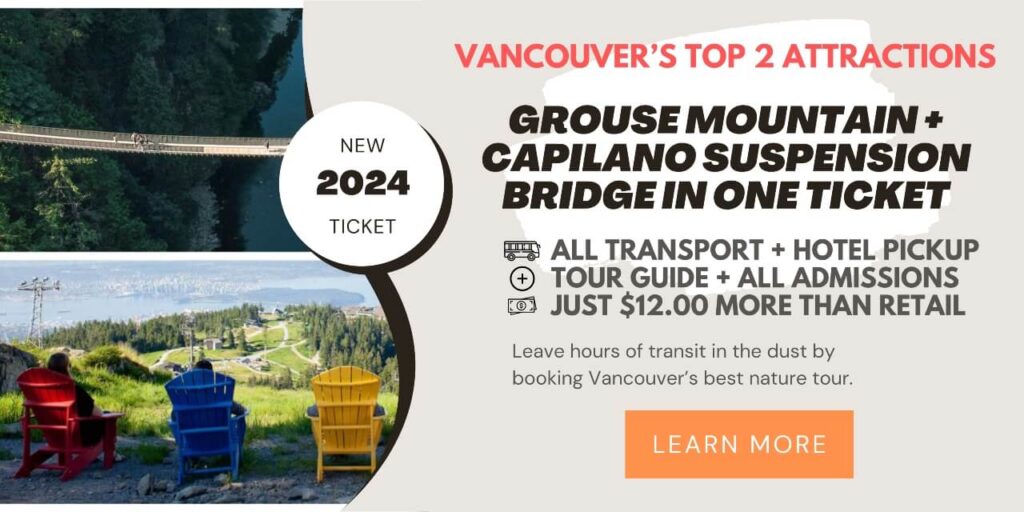
Here, an indigenous cultural ambassador will share with you the history of the region, the traditional uses of the park’s flora and fauna, and touch on the aspirations of local Indigenous peoples today.
The tour ends at the famous totem poles, where you’ll be provided with a complete overview of the deep symbolic meanings of these stunning, uniquely Westcoast pieces of artwork.
Brockton Point
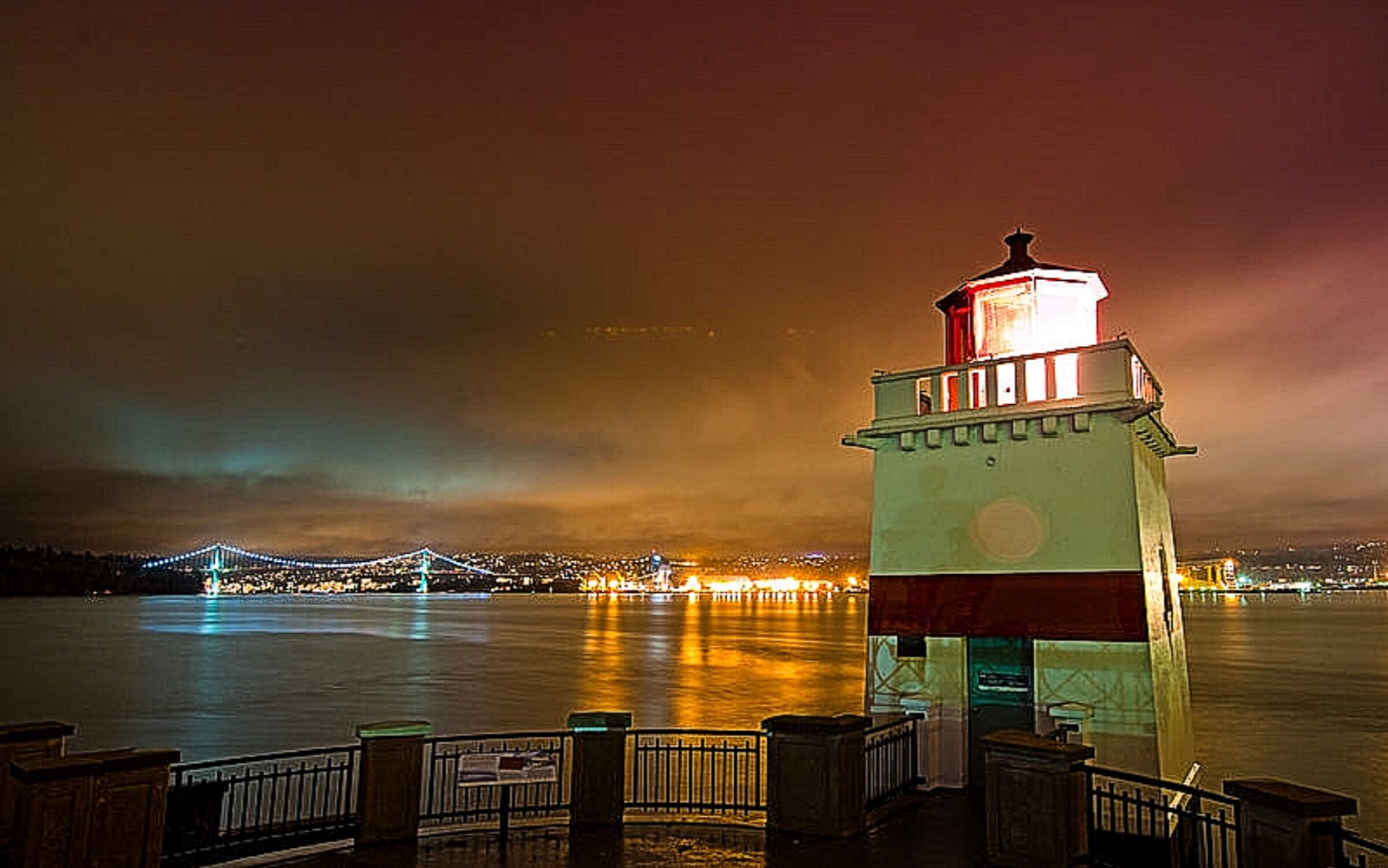
The most easterly portion of the peninsula is where you’ll find most Stanley Park attractions, a far stretch from its early existence as a graveyard and a patch of land cleared for a sawmill.
When considering what to see in Stanley Park the Brockton Oval is right up there, a throwback to Canada’s colonial past that still plays host to cricket and rugby games.
There is then of course the famous Brockton Lighthouse (1914) which has seen its fair share of misery and heroics in the current-heavy waters below.
It was said that the original light-housekeeper saved 16 people from drowning in his 25 years of service. Fully automated since 1914, the lighthouse is now one of the parks most favoured viewpoints.
Theatre Under the Stars
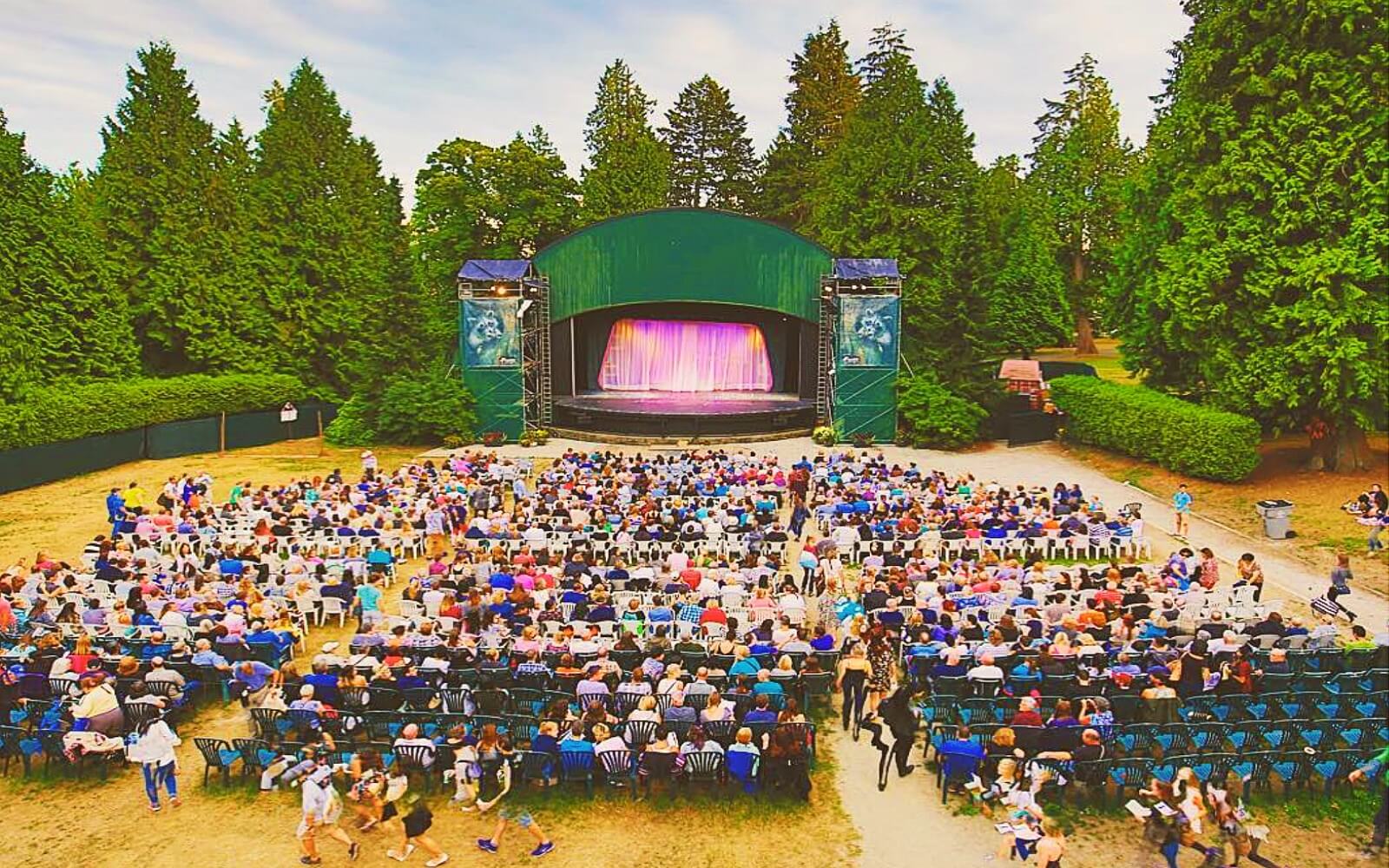
For those balmy summer in Vancouver evenings that seem like they’ll never end (though unfortunately they do end way too early in September) there’s Theatre Under the Stars (TUTS).
This is one of the best events in Stanley Park, hands down,
I very rarely use the word ‘nestle’ but let me say you’ll be nestled among some pretty amazing Douglas Fir trees to watch prized performances of some stage classics.
The 2023 version runs July 6th to August 26th and features features The Prom and Matilda.
Tickets range from $20.00-$65.00 and can be bought here.
Related: How Many Days Do I Need to Spend in Vancouver?
Lost Lagoon
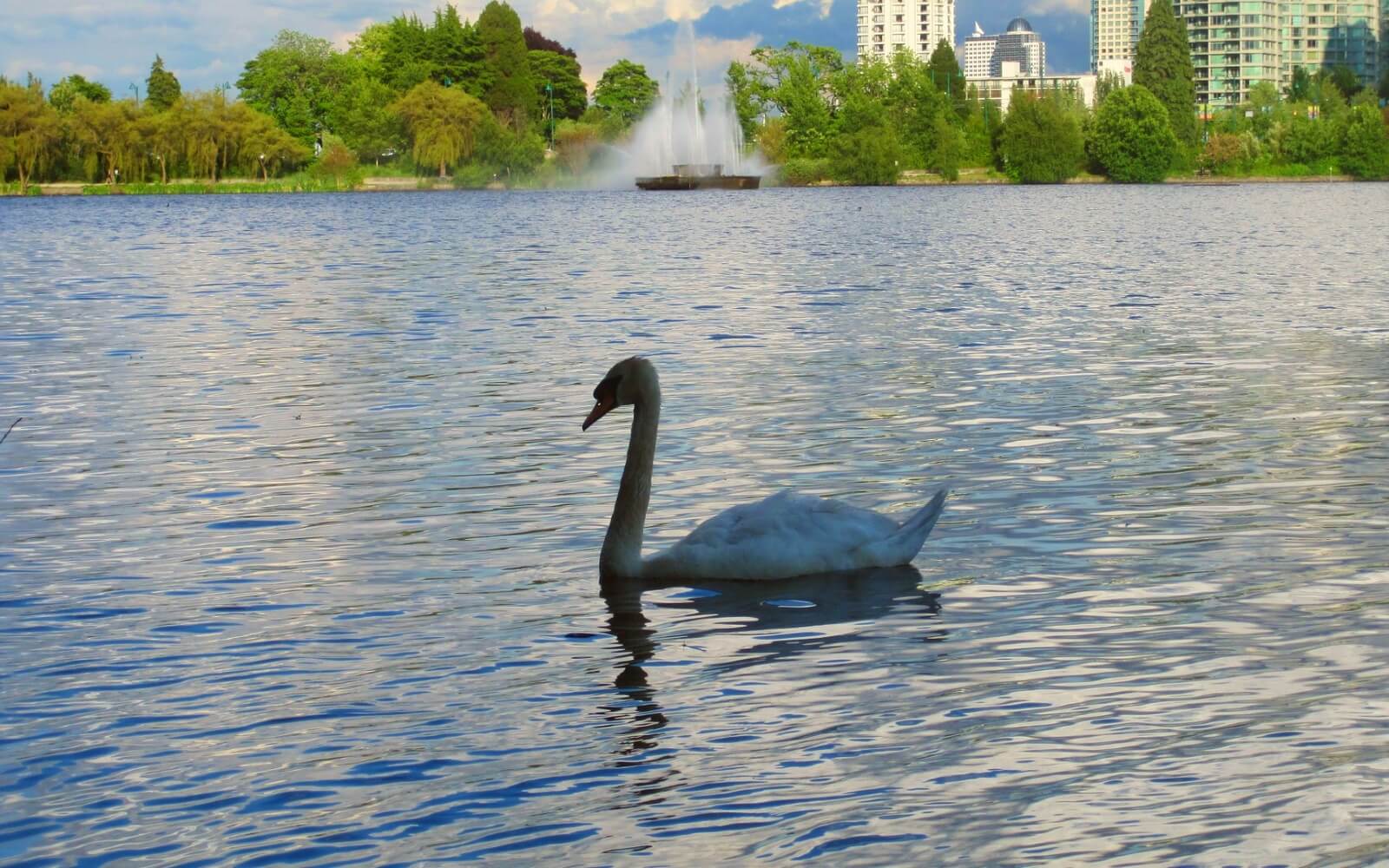
The biggest of Stanley Park lakes is home to a lit fountain which was part of the city’s golden jubilee.
It takes its name from canoeing indigenous poet who would lose her favourite paddling place at low tide, when the lagoon wasn’t yet landlocked.
It’s here that nature rules supreme. Geese, ducks, swans and the great blue heron all call this home. There’s also a friendly group of turtles living on the northern shore.
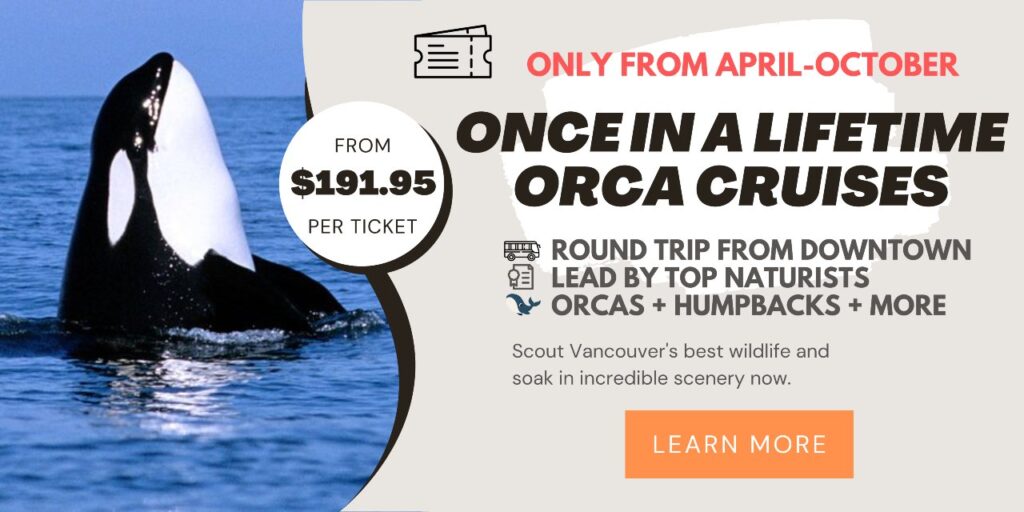
The views along the 1.75 km trail that loops around the lake pull you in and out of the city and at times you’ll swear you’re out in the countryside miles from anything – until the 62-story Shangri-La Tower pokes proudly out of the marsh grass.
Check out the southeast corner for the Lost Lagoon Nature House.
Stanley Park Railway
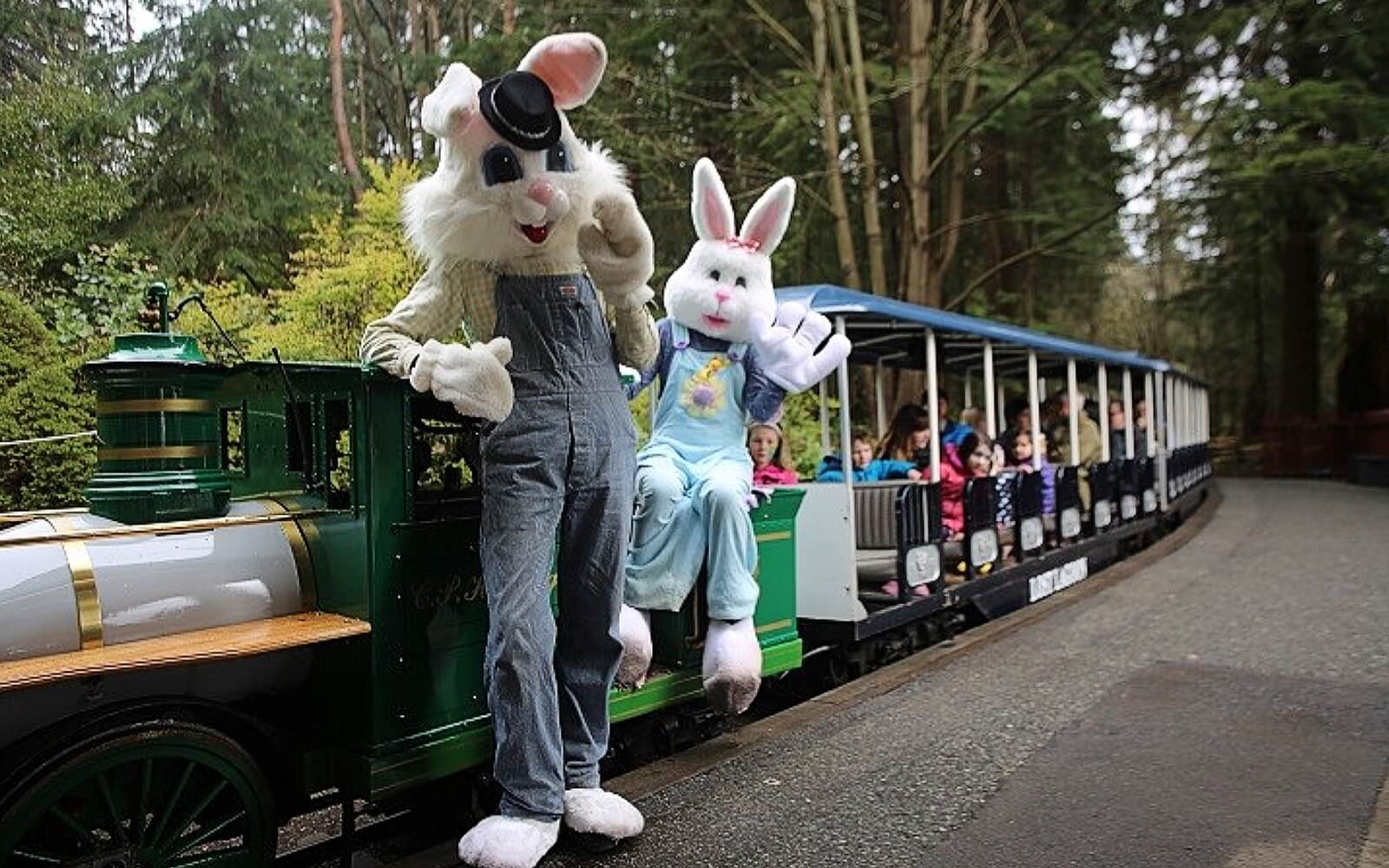
If you’re traveling to Vancouver with kids there’s hardly anything better to do than a mini–train ride through the forest to explore Stanley Park.
I say this as a former kid who was there.
History buffs will appreciate the replica locomotive of Canada’s first transcontinental passenger train which steamed into Vancouver in the 1880’s. Gear heads also really love the vintage engine.
The 2 kilometer journey winds its way through a path ravaged through the park by Typhoon Freda in 1962.
All in all the trip lasts 15 minutes.
The Stanley Park train is seasonal from June 30th to September 6th with special nights like the Halloween Ghost Train and Christmas Bright Nights, one of our best things to do over Christmas in Vancouver.
Related: How to Spend One Day in Vancouver
Stanley Park Pitch & Putt
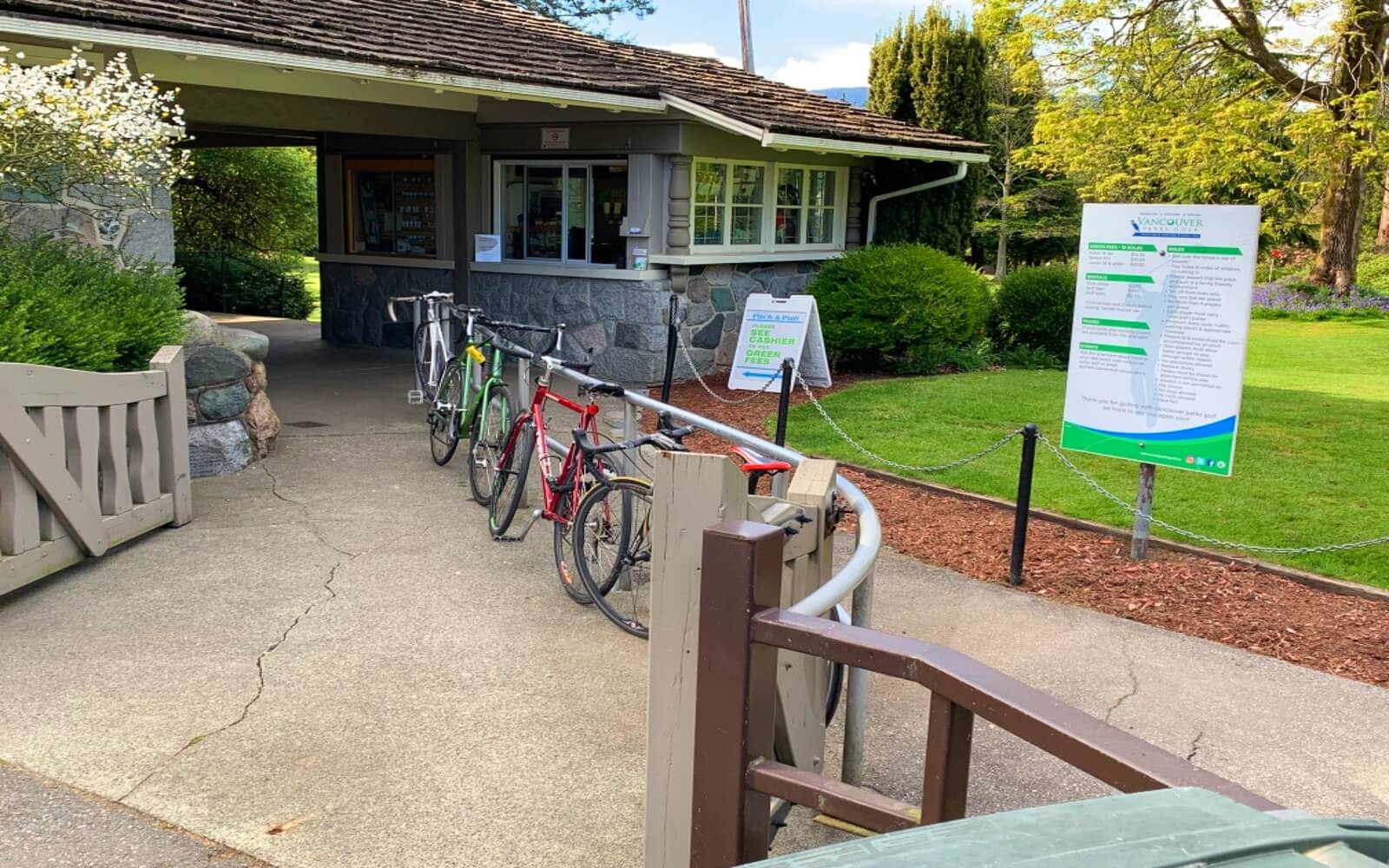
Fans of golf and/or drinking a few ciders in the sun and pretending you’re being sporty – I’m talking to you.
You’d do well to tee off at this par 54 (1200 yard) golf course which is a challenge for beginners or vets.
The words lush green seem to take a new meaning in the middle of old growth forest. The bordering rhododendron garden will put you at ease as will the realization that raccoons and geese are the only true hazards you’ll run into.
Best of all? They rent out clubs for super cheap (see my post on best cheap things to do in Vancouver).
Prices: Adults $14.83, Senior/Student $10.37.
Equipment (min. 2): putter/wedge/ball $2.33, tee $1.00.
More info on the Stanley Park Pitch and Putt website.
How to Get Around Stanley Park
There’s a 9 km road (one for cars, one for bikes and walkers) circling the area, and you’ll need it for getting around Stanley Park.
Yes, you can use the car to get around Stanley Park – there are parking lots near many of the top sights like Prospect Point and Brockton Point.
No car? It’ll take about 2-3 hours depending on how many times you stop.
Many tourists love the nice walk on a hot summer day, but locals usually strap into rollerblades or grab their bikes.
It makes all the nooks and crannies more accessible.
Here’s a list of Stanley Park bike rental and tour options to maximize your time:
Stanley Park Tickets
First of all, if anybody tries to sell you Stanley Park tickets – they’re trying to scam you.
At the end of the day, Stanley Park Vancouver is completely free.
There is no Stanley Park admission fee, and we prefer it that way!
The only paid areas of Stanley will be the Vancouver Aquarium, and the only other things you’ll need to pay for would be walking tours, souvenirs, etc.
You can book your aquarium tickets using the calendar below:
Stanley Park Vancouver Map
So where exactly is Stanley Park located?
You can find it on to the edge of the downtown Vancouver peninsula adjacent to the famous West End: one of the best areas to stay in Vancouver.
It’s also right over the Lions Gate Bridge from West Vancouver.
Here’s my Stanley Park map to help get you acquainted:
How to Get to Stanley Park Vancouver
Getting to Stanley Park By Car
Renting a car to tick off the top things to see in Stanley Park?
It’s just a matter of pointing your GPS to downtown Vancouver, and getting to West Georgia Street. From here you’ll follow it west all the way down to the exit signs at the park.
Cars can also access the park using Beach Avenue along English Bay.
You could also take a quick $12.00 Vancouver taxi ride from downtown.
Getting to Stanley Park Using Public Transit
Unfortunately, Stanley Park is not well serviced by any of the Skytrain lines.
So, if you’re looking for things to do in Stanley park Vancouver you’re gonna need to put in a bit of transit effort.
The #19 bus is a great way to get to do it.
This is our recommended Vancouver method of transport for those staying at or near the downtown core, Canada Place, Chinatown, Commercial Drive-Broadway Skytrain station, Kingsway, or Metrotown.
The directions from downtown Vancouver are as follows:
- Locate a stop servicing the #19 Stanley Park bus. They’re on the North side of Pender Street or on Georgia Street West of Denman.
- Purchase a single cash fare ($3.00 or $2.40 with a Compass Card).
- Stay aboard until the bus reaches its terminus stop at the Stanley Park Bus loop.
My favourite way to get there is either walking or cycling using the world famous Stanley Park Seawall.
Your best bet is to get off the Skytrain at Waterfront Station and then walk along the Coal Harbour portion of the seawall. It will lead you right to Stanley Park in about 30 minutes.
This route will guarantee you amazing views of the harbour, the North Shore Mountains, and Vancouver’s forest of glass residential towers.
Still confused? Drop me a line with your starting point and I’ll help you out!
Stanley Park Parking
There is both street parking and a variety of parking lots in Stanley Park. Unfortunately there is no Stanley Park free parking.
Locations
You’ll find parking on North Lagoon Drive, Pipeline Road, and Stanley Park Drive. For street parking you’ll simply need to pay at any of the meters run by EasyPark.
There are designated parking lots servicing the aquarium, Royal Vancouver Yacht Club, Brockton Oval, Prospect Point, Second Beach, Third Beach, and the Stanley Park Pitch and Putt.
Hours and Prices
High season (Apr 1 to Sept 30) rates are $3.70 an hour/$14.00 daily max.
Low season (Oct 1 to Mar 30) rates are $2.70 an hour/$7.50 daily max.
Pay parking hours are between 6:00 am and 11:00 pm.
If you’ve got data you can download the EasyPark app to pay and add time as well as be eligible for all sorts of promotions.
Where to Eat in Stanley Park
While you won’t find many Vancouver must eats here – there are a number of concession stands, restaurants and even a brewpub to quell the hunger pangs as you visit Stanley Park.
One idea would be to grab some ingredients from the West End or Granville Island Market and have yourself a picnic in any one of the green spots, particularly Prospect Point for views.
Prefer a sit down restaurant? There’s a fantastic and romantic fine dining spot called the Tea House that serves West Coast cuisine. While Stanley’s Bar and Grill provides a more casual option.
Looking to grab a couple drinks? The new Stanley Park Brewing Restaurant and Taphouse has a great patio and has some of Vancouver’s best craft beers available on tap.
That said, you’d likely be better off booking a spot at any of downtown Vancouver’s best restaurants if you’re looking for a little more variety.
? Big on beer? Check out the best brewery tours in Vancouver.
Stanley Park Vancouver History
Indigenous Populations
The history of Stanley Park closely mirrors the history of Vancouver itself.
The area was long useful to First Nations peoples who set up villages on the peninsula to access fresh water and harvest seafood like clams, salmon, and crab. Traditional cedar long houses here were once home to large extended families.
Evidence points to over 3000 years of human settlement in the area that was once called Xwayxway.
Long before Europeans arrived the beaches here were cleared to launch canoes while the greenery was a source of traditional medicine like frog leaf, a natural anti-septic.
Those looking to learn more should check out the Stanley Park Ecology Society.
European Arrival and Settlement
The area now known as Stanley Park was first explored by Spanish captain José María Narváez in 1791 and British captain George Vancouver in 1792.
While the Spanish didn’t show such a keen interest, it was Vancouver who took a shining to the area. Perhaps this was due to the generosity of the natives who warmly welcomed him with cooked salmon and an impressive feather display.
It wasn’t until the Fraser Canyon Gold Rush in 1858 that settlers began to construct houses in the area. Shortly afterwards came a survey which turned the land into a military reserve against American invasion.
Stanley Park was then the site of typical British Columbia logging pursuits over the next 3 decades. In fact, most of the trails you’ll walk on during your visit are the result of old logging skid roads.
It was only in 1888 that the city turned the area into a park naming it after Canada’s sixth Governor General, Lord Stanley.
Yes, the Lord Stanley of the Stanley Cup of hockey.
Most of the man-made structures in Stanley Park were constructed between 1911 and 1937, with popular attractions such as the Vancouver Aquarium, miniature train and much of the Stanley Park Seawall added in the post-war period.
Things to See in Stanley Park FAQ
Where is Stanley Park?
It’s located on the Westernmost part of the downtown Vancouver peninsula, right off to the side of the city’s West-end neighbourhood.
It’s bordered by Burrard Inlet to the North, the Salish Sea to the West and English Bay to the South.
What is Stanley Park?
Stanley Park is a large urban park that contains a large variety of recreational facilities, trails, beaches and lakes.
In addition, Stanley Park is home to tourist attractions like the Vancouver Aquarium, totem poles, and the famous Seawall.
Why is Stanley Park Famous?
Stanley Park Vancouver is famous for being one of the most spectacular urban parks in the world. It is unique for being an un-landscaped terrain featuring old-growth forest and a pacific coast waterfront view.
How big is Stanley Park Vancouver?
Stanley Park is 405 hectares making it one of the largest urban parks in the world.
Is Stanley Park free?
As a public park, entrance to Stanley Park is free for all visitors. However, admittance to some attraction such as the Vancouver Aquarium and Stanley Park Railway require additional fees.
Can you drive through Stanley Park?
You can drive around Stanley Park via aptly-named Stanley Park Drive.
This road circumnavigates Stanley Park from West Georgia Street at the main park entrance all the way to the exit on Beach Avenue.
How far is it around Stanley Park?
If you’re doing the seawall it’s about 9 kilometres (5.5 miles). The seawall includes most of the best spots in Stanley Park.
How long does it take to do the Stanley Park Seawall?
Leave about 2-3 hours for a casual walk or 60 to 90 minutes for a run, roller blade, or bike.
How long does it take to drive around Stanley Park?
The whole Stanley Park drive only takes about 15 or 20 minutes so I recommended walking, cycling, or rollerblading to soak up the sights for real.
Still Wondering What to See in Stanley Park?
I’ve done my best to give you all the info on how to explore Stanley Park, but maybe I’ve missed something.
Make sure you get in touch in the comments below with any questions about anything Vancouver.
Enjoy visiting Stanley Park in Vancouver! 🙂
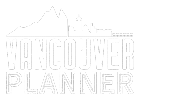
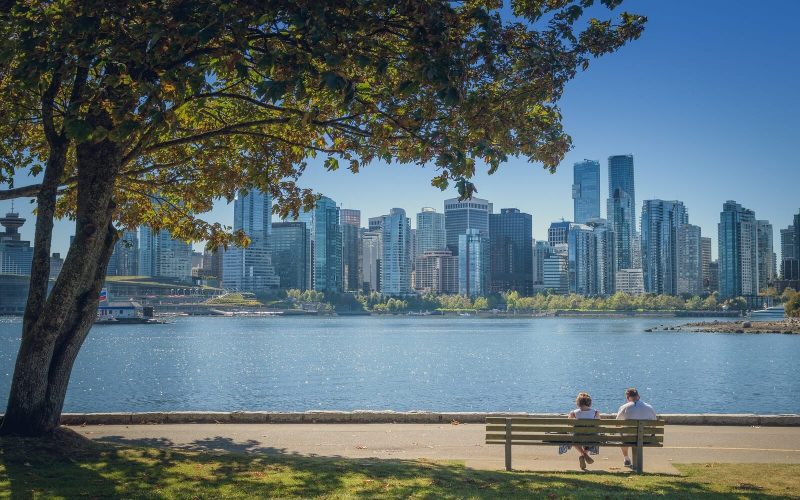
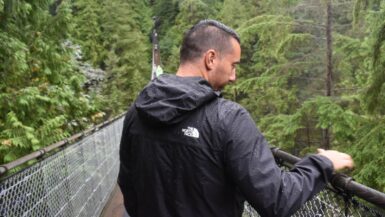
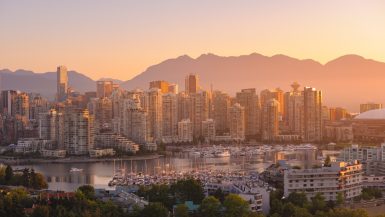

Hi Julian
Paul and Kathy from UK will be in Vancouver from May 28 to June 2. Do you do guided tours at all?
I have met locals on Greeters. I also use GURU walks. Is there such a thing in beautiful Vancouver?
07581 291713
Hi Paul,
Guided tours are definitely something we’re looking into – but we’ve both got day jobs so unfortunately can’t take things much further than maybe writing a post on the best walking tours in Vancouver.
Maybe next summer, if this site becomes our full time job, we’ll have some good news on that front! I guess you’ll have to come back again 😉
I’ve never heard of Greeters or GURU walks but you may want to try Meetup as there are some cool events organized there.
Cheers,
where are the public toilets please? May son plans to visit and is partially sighted/
Hello! The are public toilets at all the major sights: the Totem Poles, Brockton Oval, Prospect Point, the pitch and putt golf course, the aquarium, 2nd and 3rd beach etc etc… he’ll be fine 🙂